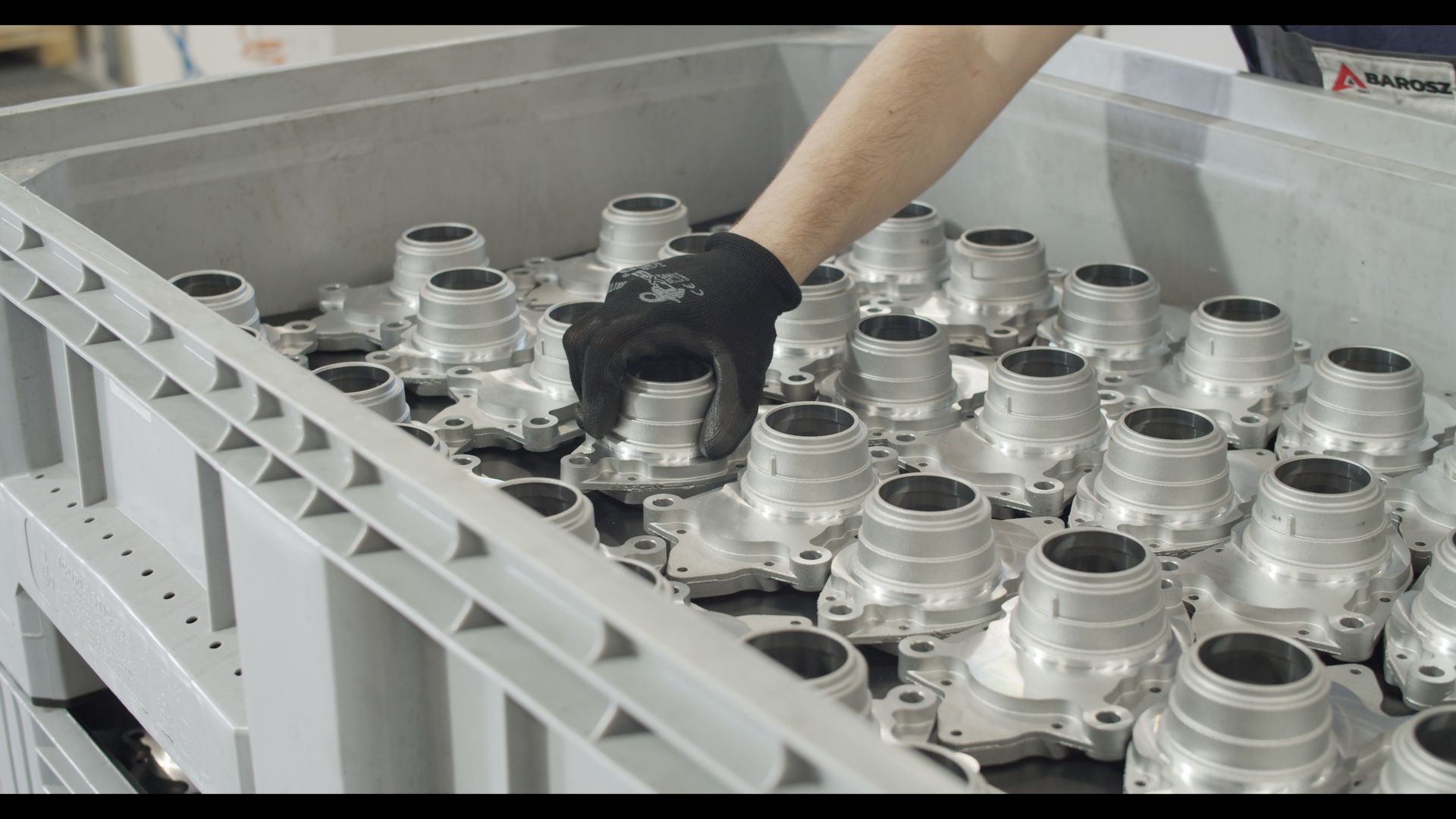Steel structures have been the object of interest of entrepreneurs for many years, due to the number of advantages and applications they hide. Durable raw material, the possibility of disassembly and recovery of some funds as well as relatively inexpensive construction costs make this type of facilities particularly popular. In addition to gantries or containers, storage halls will also belong to the most common steel structures. It is worth knowing what their functions are and how to adapt such an object to work.
What are steel halls used for?
Steel halls are often facilities intended for production works. It is a cheap and quick way to find a working space, so more and more companies are opting for such a solution. However, such facilities also work very well as warehouses. This means that various materials will be stored inside the building, and it is the type of load that will determine the properties of such a hall. In addition to building materials, the warehouse can be used as a storehouse for food, medicines, machinery, equipment, furniture and many other products.
How to adapt a warehouse to fulfill its function?
A steel hall that serves as a warehouse must meet a number of factors before it is put into use. First of all, it should be built in accordance with the provisions of the Construction Law. It must also meet the technical conditions specified by the Regulation of the Minister of Infrastructure. In addition, depending on what will be stored in the warehouse, its parameters must be adjusted. If the load is heavy, the hall should be equipped with an overhead crane, thanks to which it will be possible to manage it. In the case of food products, however, the space should be protected with a special coating intended for storing food. The way the goods are arranged is also of great importance, especially at the design stage and determining the dimensions of the object. High-bay warehouses, i.e. warehouses in which goods are stacked high, will require a solid and high structure.
A separate issue is the adaptation of the hall in such a way that employees can stay in it. The right temperature is crucial, and the hard physical work should not fall below 14 degrees Celsius. For lighter jobs it is 18 degrees. Other aspects that should be considered include lighting, ventilation and access to rooms such as the cloakroom, dining room and toilet.


